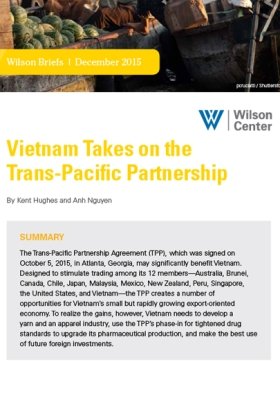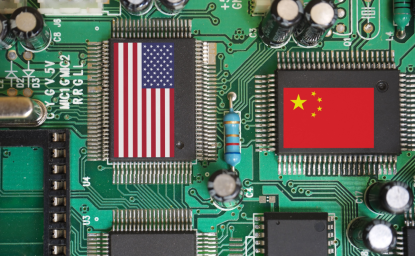Vietnam Takes on the Trans-Pacific Partnership


The Trans-Pacific Partnership Agreement (TPP), which was signed on October 5, 2015, in Atlanta, Georgia, may significantly benefit Vietnam. Designed to stimulate trading among its 12 members—Australia, Brunei, Canada, Chile, Japan, Malaysia, Mexico, New Zealand, Peru, Singapore, the United States, and Vietnam—the TPP creates a number of opportunities for Vietnam’s small but rapidly growing export-oriented economy. To realize the gains, however, Vietnam needs to develop a yarn and an apparel industry, use the TPP’s phase-in for tightened drug standards to upgrade its pharmaceutical production, and make the best use of future foreign investments.
Authors

Former Director, Program on America and the Global Economy, Woodrow Wilson Center
Political economy student at the University of Texas at Dallas

Indo-Pacific Program
The Indo-Pacific Program promotes policy debate and intellectual discussions on US interests in the Asia-Pacific as well as political, economic, security, and social issues relating to the world’s most populous and economically dynamic region. Read more

Explore More
Browse Insights & Analysis
Wilson Briefs

360° View of How Southeast Asia Can Attract More FDI in Chips and AI

India Motors into Central America and the Caribbean
